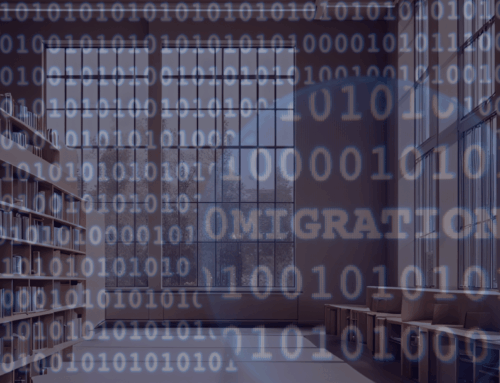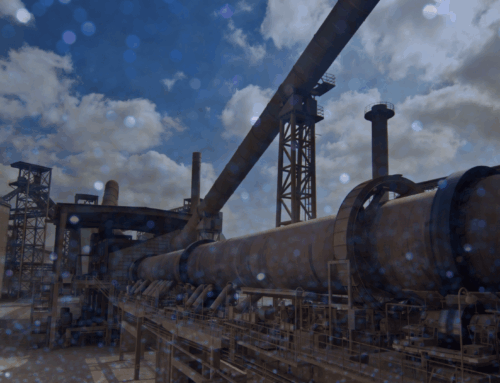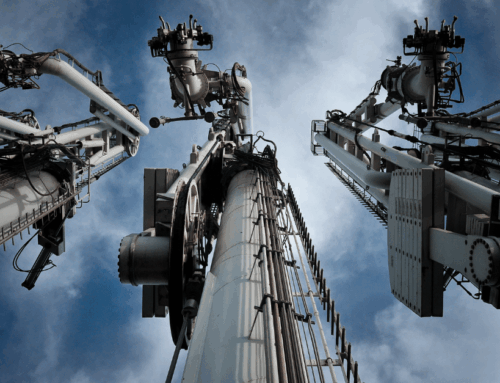The utility department goes unnoticed at any university until there is an issue. The department focuses on what they do best so that faculty and students can focus on what they are there for: learning and research. Some students may enjoy having a day of classes canceled due to no AC or electricity, but this is not an option for a university’s utility department.
Though unnoticed by most university population, the plant has a significant operating budget and continuously seeks to improve its operations and efficiency to reduce costs and downtime.
With a strong team, this university looked to give its equipment a stronger voice in its process by using data already created by the equipment.
The Challenge
Historical Data Access
The university needed an easy way to access its historical sensor data and sometimes did not even have historical data to review. Without knowing what happened in the past, how can you know what is happening now and whether it’s an improvement or a regression? The university needed a simple and centralized location for its equipment sensor data that members across the organization and partners could utilize.
Ease of Use
It’s typical for people to want state-of-the-art tools at their disposal. Unfortunately, budget and resource constraints sometimes hinder the implementation of these types of tools. For universities, including this one, the original system is not updated to the latest tech just because the student population has increased. But the utility department must create a process including legacy systems to meet the university’s demand. Though the university had the administration’s support for updates, the utility department needed an easier way to monitor their system while incorporating legacy and new equipment.
Analysis
The utilities department felt that though they had a good and knowledgeable team, their data infrastructure forced them to analyze data and operations only after a failure occurred. The limited access to real-time and historical data pushed the university towards reactive analysis rather than allowing their team to focus on preventive and predictive analysis.
Solution and Benefits: District Energy Historian
The university began the deployment of HanPrism as its data infrastructure system and district energy historian. With HanPrism’s implementation, the university can monitor 5,000 points across the system and create a centralized location for its historical and real-time data access.
Improved Data Quality
The university needed to access its data, but it also needed to trust that its data was a true reflection of its operation. By implementing a quick and easy-to-use data management system, the university was alerted to some issues of their sensor data not measuring how they wanted. Using HanPrism, the university was alerted to some problem issues and was able to fix them so that they have greater confidence in their data and use their data in the decision-making process.
Effective Monitoring and Visibility
HanPrism allows the university to visualize its sensor data using built-in features. The ability to access the information with HanAra Insight has allowed more people at the university a view of the data. With better access, the university team can use the data and transform it into actionable intelligence. With the addition of HanPrism, the university hopes to expand it throughout the system, including its buildings, to monitor the entire system and give different teams operational insight through data.
Better Implementation
HanAra engineers worked with the university’s team to ensure a smooth transition to the new district energy historian system. After determining what tags to add to the system by the university, HanAra engineers created the database and worked with the university virtually to implement the solution on local servers. But implementation of the software is only one part. A university can only realize the value of HanPrism if its members utilize the software in their day-to-day activities. Training sessions with various members of the team and partners ensured that the university was ready to use HanPrism.
Next Steps
By implementing HanPrism, the university has created a strong foundation for using data more in the future. By accessing real-time and historical data in a centralized location, the university can visualize and analyze the data they want in the way they want to make more informed decisions.
HanAra Success Stories
Beyond Reactive Maintenance: A Smarter Approach to Wind Farm Operations
Wind energy has established itself as a reliable renewable power source across the globe. But maintaining a fleet of turbines presents different challenges compared to traditional, centralized power generation facilities. Some of the operational [...]
Biomass Plant Enhances Operational Excellence with HanPrism
In the renewable energy sector, biomass facilities face increasingly complex operational challenges that require sophisticated data management solutions. For one facility, growing compliance requirements and the desire for operational improvement led them to seek [...]
Embracing Change: How a District Energy Organization Transformed Their Data Management with HanPrism
In the world of organizational operations, the concept of "buy-it-for-life" is a rare luxury. While organizations strive for longevity in their tools and solutions, the reality is that technology evolves and so must the [...]









